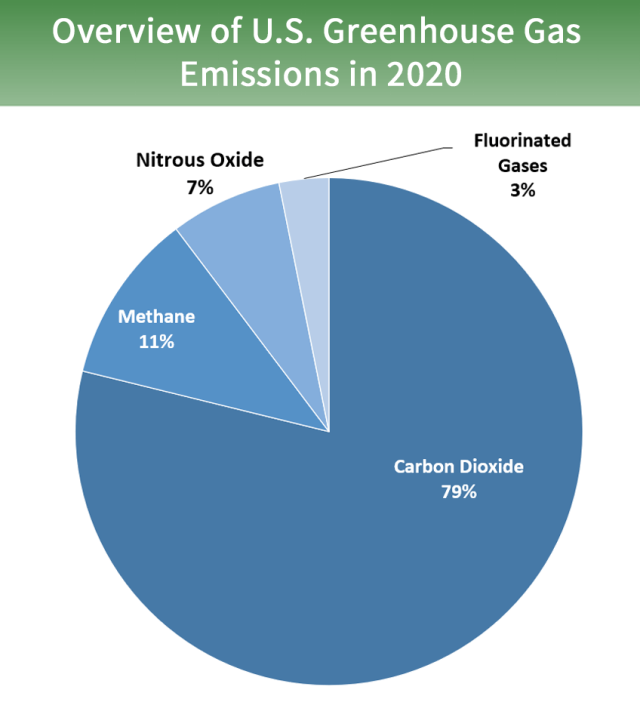Archive:000/Greenhouse gases: Difference between revisions
No edit summary |
|||
| Line 56: | Line 56: | ||
<!-- TODO: elaborate on all this --> | <!-- TODO: elaborate on all this --> | ||
<!-- DRAFT: PFCs (CF4 and C2F6) have an even higher potency if looking at the ultra-long term (hundreds of thousands of years). If we emit too many PFCs,{{qn}} it might become impossible to maintain normal atmospheric temperatures without somehow removing so much CO2 from the atmosphere that plants can't grow (which would be bad, for obvious reasons). --> | <!-- DRAFT: PFCs (CF4 and C2F6) have an even higher potency if looking at the ultra-long term (hundreds of thousands of years). If we emit too many PFCs,{{qn}} it might become impossible to maintain normal atmospheric temperatures without somehow removing so much CO2 from the atmosphere that plants can't grow (which would be bad, for obvious reasons). --> | ||
<!-- TALK: ultra-longtermist perspective: | |||
We shouid define GWP<sub>longterm</sub> as: relative_potency * half_life / half_life_of_CO2 | |||
This would matter for the "immortal" fluoride compounds in thousands of years from now, if humanity never finds a way to scrub them faster from the atmosphere. | |||
--> | |||
==External links== | ==External links== | ||
* [https://www.epa.gov/ghgemissions/overview-greenhouse-gases Overview of Greenhouse Gases - US EPA] | * [https://www.epa.gov/ghgemissions/overview-greenhouse-gases Overview of Greenhouse Gases - US EPA] | ||
Revision as of 12:06, 26 April 2023
Total U.S. Emissions in 2020 = 5,981 Million Metric Tons of CO2 equivalent (excludes land sector). Percentages may not add up to 100% due to independent rounding.
The pie chart percentages are of total warming effect (CO2 equivalent), not the mass of the gases.
Gases by potency
Some gases are far more potent than others, by mass.
Luckily, the more potent gases are emitted in such vastly smaller quantities that they don't contribute as much to global warming as CO2 does (see pie chart above).
| Name | GWP100 Global Warming Potential (per unit mass, 100-year timescale) Defined by question: Emitting 1 ton of the gas is equivalent to emitting how many tons of CO2, when considering the warming effects over the next 100 years? |
Relative potency This metric is not tied to a particular timescale. Defined by question: 1 ppm of the gas in the atmosphere, has the same warming effect as how many ppm of CO2? |
Atmospheric longevity | |
|---|---|---|---|---|
| CO2 | Carbon dioxide | 1 | 1 | 300 to 1,000 years |
| CH4 | Methane | 25 | 12 years | |
| N2O | Nitrous Oxide | 273 | 114 years | |
| CF4 | Tetrafluoromethane | 7,380 | 50,000 years | |
| C2F6 | Hexafluoroethane | 12,400 | 10,000 years | |
| SF6 | Sulfur hexafluoride | 23,900 | 3,200 years |
